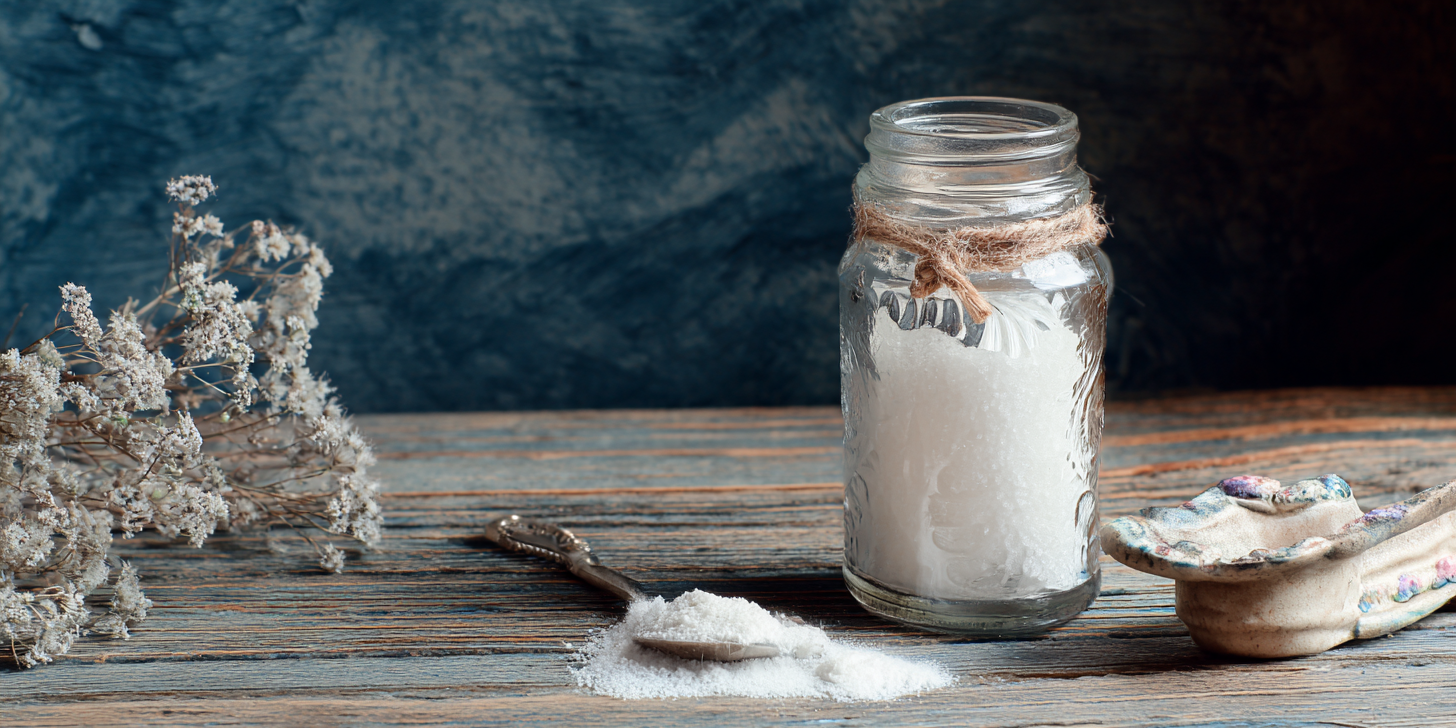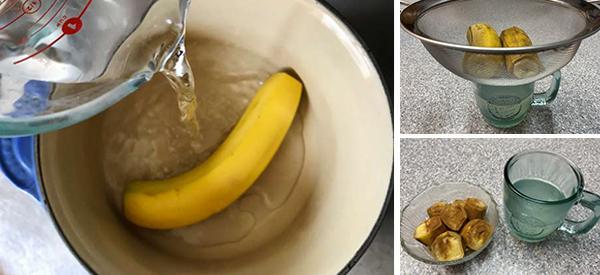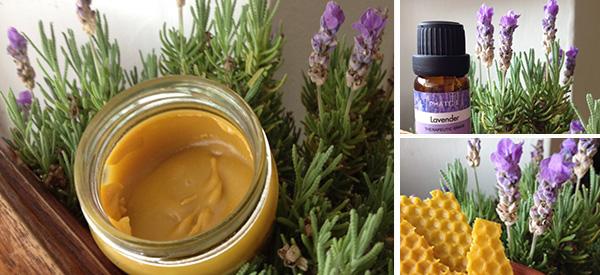
How to Make Magnesium Oil
Magnesium oil isn’t a true oil, but rather a concentrated solution of magnesium chloride in water. Its oily texture comes from the slick, soothing feel of the mineral on skin. This simple remedy has gained popularity in natural wellness circles for its ability to ease tension, support sleep, and promote overall calm—especially when applied topically.
What makes it special is its ease of use. Instead of relying on oral supplements, magnesium oil is absorbed directly through the skin, offering targeted relief and bypassing digestive discomfort. And the best part? You can make it at home in just a few minutes with minimal ingredients.
Let’s walk through how to make your own magnesium oil and turn this mineral-rich solution into a spray that fits easily into your daily routine. But first, let’s discuss benefits.
Magnesium Oil Benefits
Magnesium is a crucial mineral involved in over 300 bodily processes, including muscle function, nerve signaling, and energy production. Unfortunately, many people today are deficient due to soil depletion, processed foods, and chronic stress.
Topical magnesium oil offers a natural way to replenish your levels without straining your digestive system. Its most commonly reported benefits include:
- Muscle Recovery: Ideal for easing cramps, soreness, and post-exercise tension.
- Sleep Support: Magnesium helps regulate melatonin and GABA, which play roles in sleep quality.
- Mood and Stress Relief: Magnesium calms the nervous system and can promote a more balanced emotional state.
- Headache Management: Many who suffer from migraines or tension headaches report relief with consistent magnesium application.
- Skin Health: When used regularly, magnesium oil may help with minor skin irritations and dryness.
While everyone responds differently, many users notice improved sleep, fewer muscle spasms, and a general sense of calm after a few days of consistent use.
How To Make Magnesium Oil
 Ingredients
Ingredients
- ½ cup distilled or purified water
- ½ cup magnesium chloride flakes (food or pharmaceutical grade)
Optional:
- A few drops of essential oil (lavender, eucalyptus, peppermint)
- A teaspoon of carrier oil for sensitive skin
Tools You’ll Need
- Saucepan or kettle
- Heat-safe bowl or glass measuring cup
- Measuring spoons
- Spoon for stirring
- Funnel (optional)
- Spray bottle or glass jar
Instructions
- Heat the Water
Boil ½ cup of distilled or purified water in a kettle or saucepan. - Mix Magnesium Flakes
Pour the hot water into a heat-safe bowl. Slowly add the magnesium chloride flakes while stirring constantly. Continue stirring until the flakes dissolve completely. The mixture will take on a slightly oily consistency. - Cool and Transfer
Allow the solution to cool to room temperature. Once cooled, you can add a few drops of essential oil for fragrance or a teaspoon of carrier oil if you have sensitive skin. Funnel the mixture into a clean spray bottle or jar. - Label and Store
Label the container and store in a cool, dark place. The solution should remain stable for up to six months.
How to Make Magnesium Oil Spray
To use magnesium oil conveniently, a spray bottle is ideal. After you’ve made your base solution, simply pour it into a 2 to 4-ounce glass spray bottle. This makes it easy to apply after a shower, before bed, or after physical activity.
Spray directly onto the arms, legs, feet, or abdomen and gently rub in. Some people experience a tingling or warm sensation when they first start using magnesium oil—this is common and often subsides with regular use. If discomfort occurs, rinse off after 15–20 minutes or dilute the oil with a little more water.
Why This Remedy Pairs Perfectly with The Forgotten Home Apothecary
If making your own magnesium oil sparks your interest in natural healing, The Forgotten Home Apothecary is the perfect next step. This beautifully illustrated guide teaches you how to craft over 250 time-tested herbal remedies using ingredients from your own pantry, garden, and backyard.
Just like magnesium oil simplifies mineral supplementation, this book simplifies herbal healing—giving you clear, practical recipes for teas, tinctures, salves, poultices, and more. Whether you’re addressing stress, digestive issues, or immune support, you’ll find thoughtful, effective solutions that work with your body—not against it.
More than a recipe book, it’s a return to wisdom—reminding us that healing doesn’t have to come in plastic bottles or pharmacy aisles. With a little guidance and a willingness to reconnect with the earth’s remedies, your home can become a sanctuary of wellness and resilience.
Final Thoughts
Making magnesium oil at home is one of the simplest, most empowering steps you can take toward natural self-care. In just minutes, you can create a mineral-rich solution that supports relaxation, eases physical tension, and nurtures your nervous system—all without synthetic additives or fillers.
As with any natural remedy, consistency is key. Use it regularly, listen to your body, and observe how it responds. Nature offers no quick fixes, but it does offer lasting, gentle support when we take the time to understand it.
By learning to make these remedies ourselves, we reconnect with the old ways—where healing was hands-on, local, and personal. Magnesium oil is just the beginning.
You May Also Like:
 How to Make Fenugreek Oil at Home (And Why You Should)
How to Make Fenugreek Oil at Home (And Why You Should)
Discover The Most Effective Natural Antibiotic Growing In Your Backyard (Video)
How to Make Lavender Oil: A Step-by-Step Guide






 Ingredients
Ingredients


Where can you get magnesium flakes
In a pharmacy or Amazon have them.